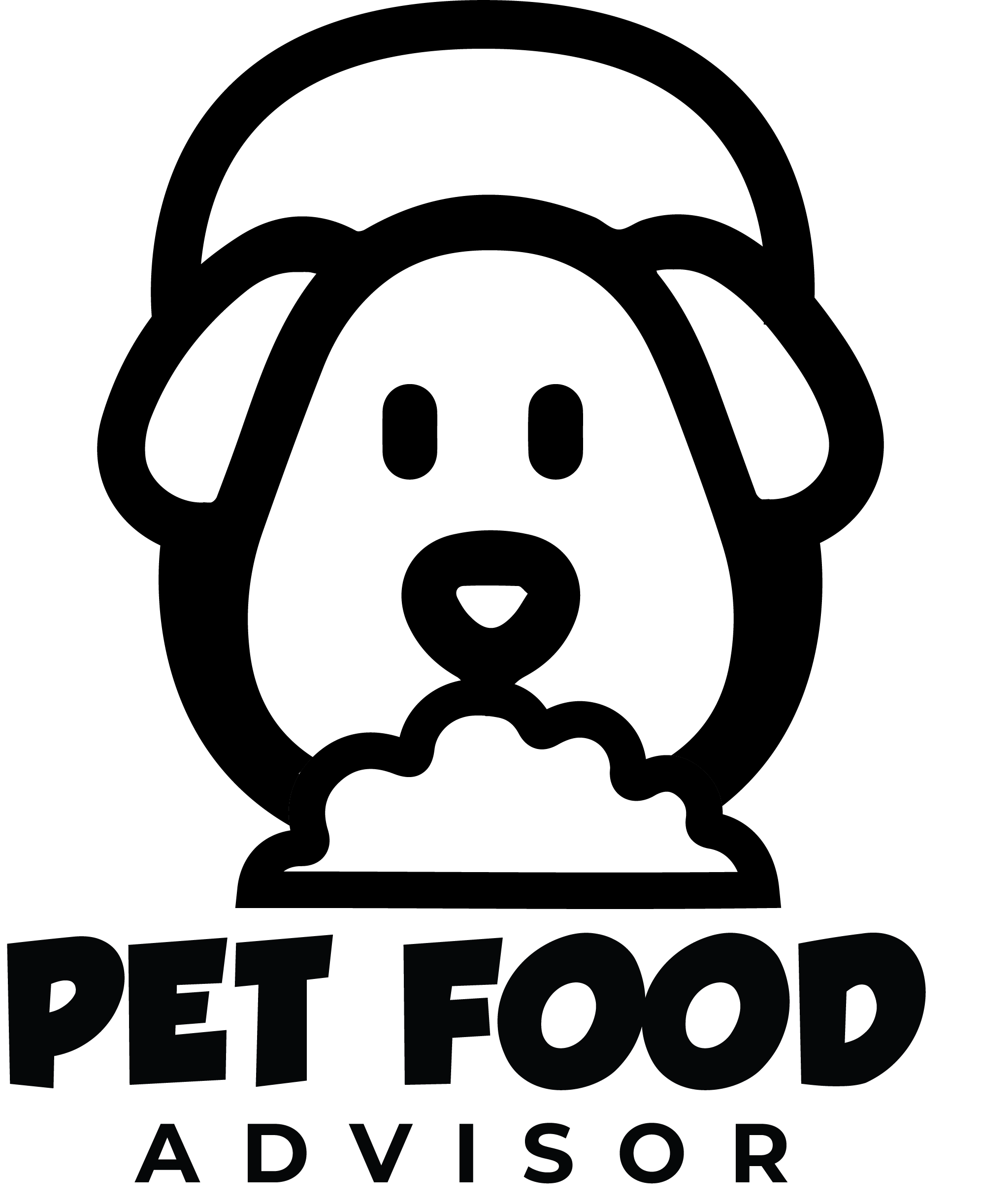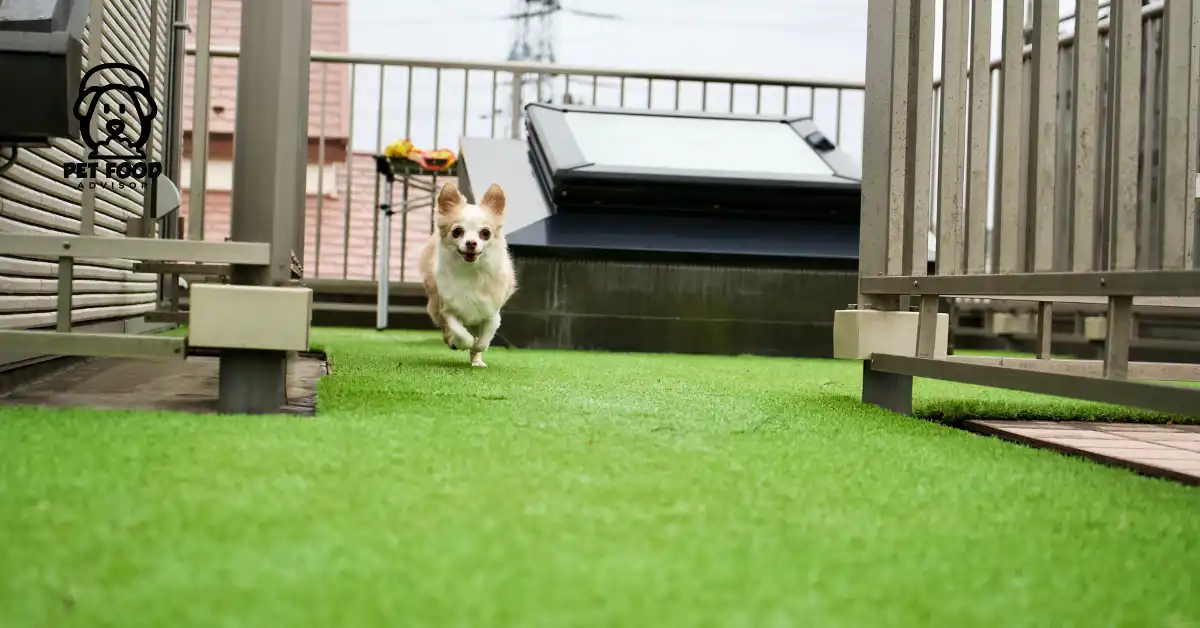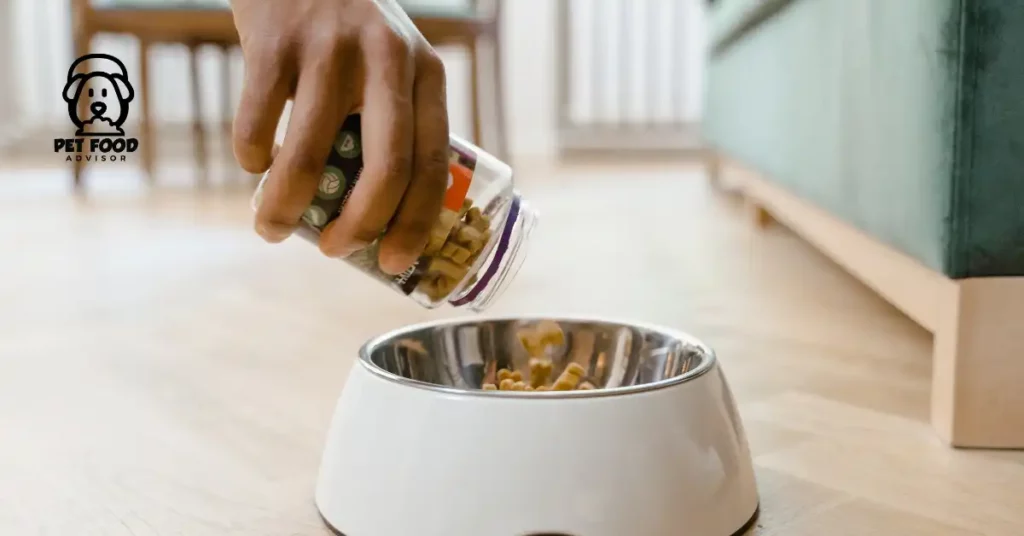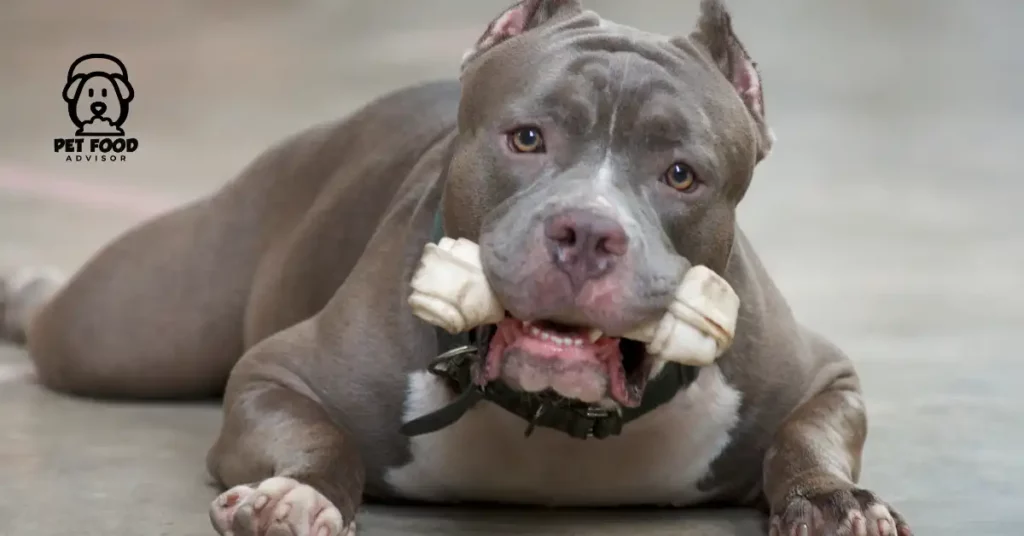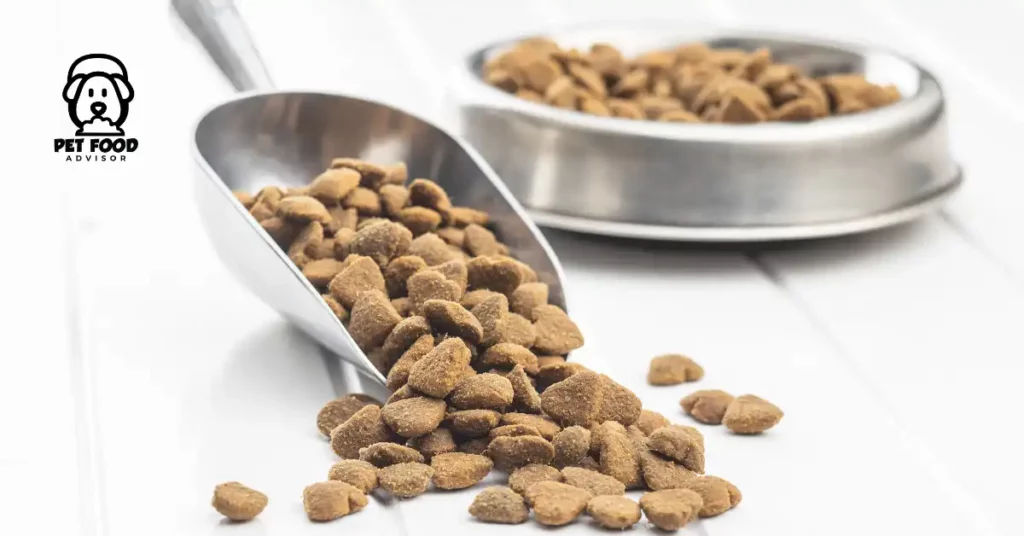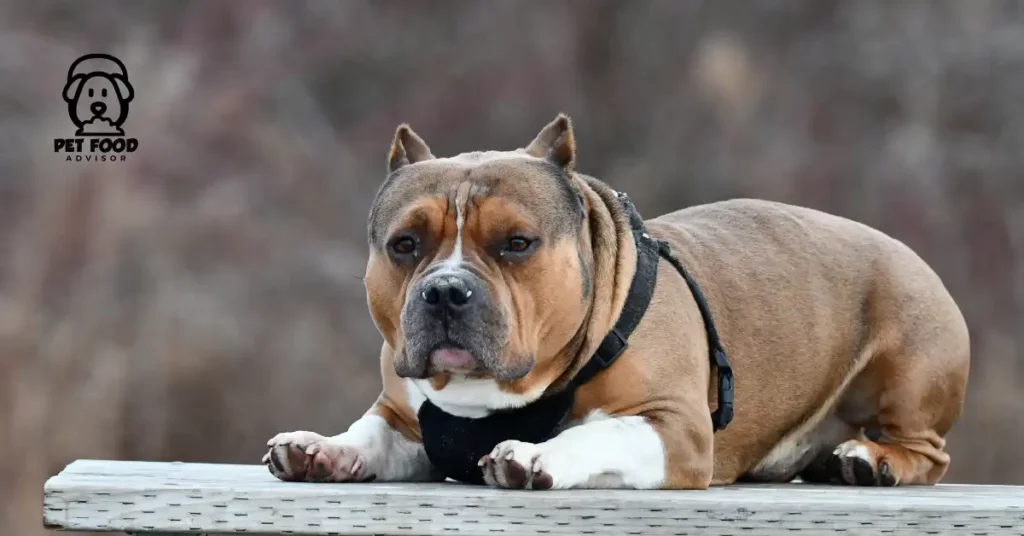Do you have pet friendly Artificial Grass For Dogs ? Pros & Cons
Many pet owners need help for understanding whether it is the best choice to install artificial grass for dogs. When we look at the surroundings with dogs, dog parks and daycare centres supporting pet turf over traditional natural lawns. Because artificial grass has many benefits over natural grass, dog owners have concerns about whether their dogs will enjoy or accept artificial turf. But dogs find artificial grass to be soft and enjoyable. They use it just like natural grass for play and other activities. When you use high-quality synthetic grass, it is entirely pet-friendly. I have a dog whose name is Jeny. I specially install artificial grass for my dog to move and play on my lawn freely.
Is Artificial Grass Safe for Dogs?
Yes, artificial turf is completely safe for pets. Synthetic grass designed for pets is highly durable and capable of withstanding the damage from a dog’s claws, paws, and nails. Unlike traditional lawns, artificial grass prevents digging, making it a preferred choice for professional dog boarders and pet owners.
Benefits of Artificial Grass for Dogs
Durability and Dig-Resistance
When we think about dogs, pet-friendly artificial grass stands out for its incredible durability and ability to withstand rough play. This kind of synthetic turf is an excellent option for pet parents. Dog owners want their dogs to enjoy their lives but also ensure they need low maintenance. This is the best choice for those who want a challenging and easy-to-care-for area for their beloved pets to have fun in. Unlike natural grass, it can be harmed by playing and digging. Artificial turf handles active use without getting ruined or coming apart.
Clean and Attractive Yard
If you have artificial pet turf, it means no more messy or muddy spots in your yard. There are no more paw prints in your home. You’ll have a beautiful, green lawn that stays perfect regardless of your dogs or the weather. Artificial grass stays clean, colourful, and full throughout the year, no matter the season.
Artificial Pet Turf Reduces Water Costs
Artificial grass for dogs helps you to save on water bills. You use less water When switching from natural grass to synthetic turf. This not only saves you money but also helps preserve a vital resource that’s often wasted when taking care of regular lawns. Wasting water is not suitable for anyone, so you need to understand the importance of water in life.
Easy Ways to Keep Your Outdoor Space Clean
If you’re considering getting a synthetic lawn, you might worry about dealing with pet waste smells. Dealing with your dog’s daily bathroom needs can be challenging. But artificial grass options provide solutions. They include tools like turf deodorizers between the grass blades and liquid cleaners that eliminate odours.
Whether you have a regular grass lawn or an artificial one, cleaning up your pets quickly is essential. Waiting too long can cause health problems. For artificial turf, you should rinse it a few times and use a mix of vinegar and water on the spots. A leaf blower can clear away debris, and a gentle spray with your garden hose will keep your fake lawn fresh and clean.
Less Work with Artificial Grass
When you choose artificial turf for your dogs, you won’t have to deal with constant mowing, seeding, or fertilizing. Caring for a natural lawn requires a lot of time and money, and sometimes, it turns out differently than you want due to your dogs. With pet-friendly turf, you can forget about the regular maintenance of a natural lawn.
No Bugs with Artificial Turf for Dogs
Before installing artificial grass, preparing the area by removing soil and creating a compact base can discourage insects and pests by taking away their food source. This means they’ll go elsewhere for food. Also, the allergens usually found in natural grass won’t be a problem anymore. You can prevent itching, watery eyes, sneezing, and other annoyances for your entire family.
Drawbacks of Artificial Grass for Dogs
Artificial Pet Turf Can Get Warm
Artificial grass is composed of various types of plastics. It can become warm when exposed to direct sunlight on hot days. This is one of the main drawbacks of artificial grass. While it won’t get hot enough to cause burns, it might lead to discomfort during the peak heat of the day.
Costly to Install
Switching to artificial grass for dogs is initially more expensive than maintaining natural grass, and installing artificial turf costs around $12 per square foot, totalling approximately $5,000 for an average-sized lawn. Even the most costly real grass option doesn’t match this cost per square foot. While laying natural grass might involve buying or renting tools like a sod cutter and roto-tiller, artificial grass installation requires those tools and additional materials such as infill, a weed barrier, edging, adhesives, and synthetic grass.
Over time, the overall cost might even out since natural grass is pricier than artificial turf. The choice between the lower future maintenance of synthetic grass and the initial expense is something to consider carefully.
Maintenance for Odor-Free Artificial Pet Turf
Keeping your artificial pet turf clean is essential to avoid any unpleasant smells. Regularly washing and sanitizing the surface is necessary to prevent issues. If you leave pet urine unattended, it can cause foul odours and bacteria to grow.
You can attach cleansers to your hose and spray them directly on the surface to clean the artificial grass. Giving it a quick flush and rinse with this sanitiser a few times a week can stop odours from forming. While maintaining synthetic pet turf does need some attention, it’s still much more accessible than caring for a natural lawn.
Replacement of Synthetic Turf
Replacing artificial turf can be more costly compared to replacing natural grass. The timing for replacement varies, especially for turf used in sports fields, which gets more worn out and requires more frequent replacement.
A well-maintained, good-quality artificial lawn can typically endure for about 15 to 20 years for regular home lawn use. While developers continuously make artificial grass more durable and appealing, not cleaning pet waste properly can lead to a shorter lifespan due to residue accumulating on the grass blades. But, if you have natural grass, keeping it healthy can be more budget-friendly by overseeding annually. This practice maintains the grass’s lushness and thickness and extends its life without significant costs.
Best Artificial Grass for Dogs
Low-density Artificial Grass
Selecting the suitable artificial grass for your pets involves considering certain factors. One key aspect is opting for low-density turf. This type of artificial grass is designed to have fewer fibres per square inch. This turf type has fewer fibres per square inch, allowing water to drain more efficiently. This feature prevents liquids from getting trapped on the surface, particularly important in areas where pets relieve themselves. This design facilitates easy rinsing and cleaning, ensuring a fresh and odour-free environment.
Shorter length Artificial Grass
When it comes to artificial pet turf it’s generally designed to have a shorter length than regular artificial grass. This shorter length serves a purpose: it makes cleaning easier and quicker. Short synthetic grass also tends to maintain its upright appearance for longer compared to taller artificial grass, which grows to get flattened more easily. While you can still use taller and more plush artificial grass in areas where pets will be present, remember that this requires more frequent cleaning and upkeep to prevent odours.
Select Durable Artificial Turf
For areas intended for pets, opting for artificial turf with a sturdy or ribbed blade shape is advisable. Soft and flexible artificial grass may not withstand the wear and tear caused by pets over time.
Conclusion
Artificial dog turf offers low maintenance and durability, but drawbacks include heat retention and potential chemical exposure. Prioritize your pup’s safety and comfort by weighing these pros and cons before deciding on your outdoor space.
